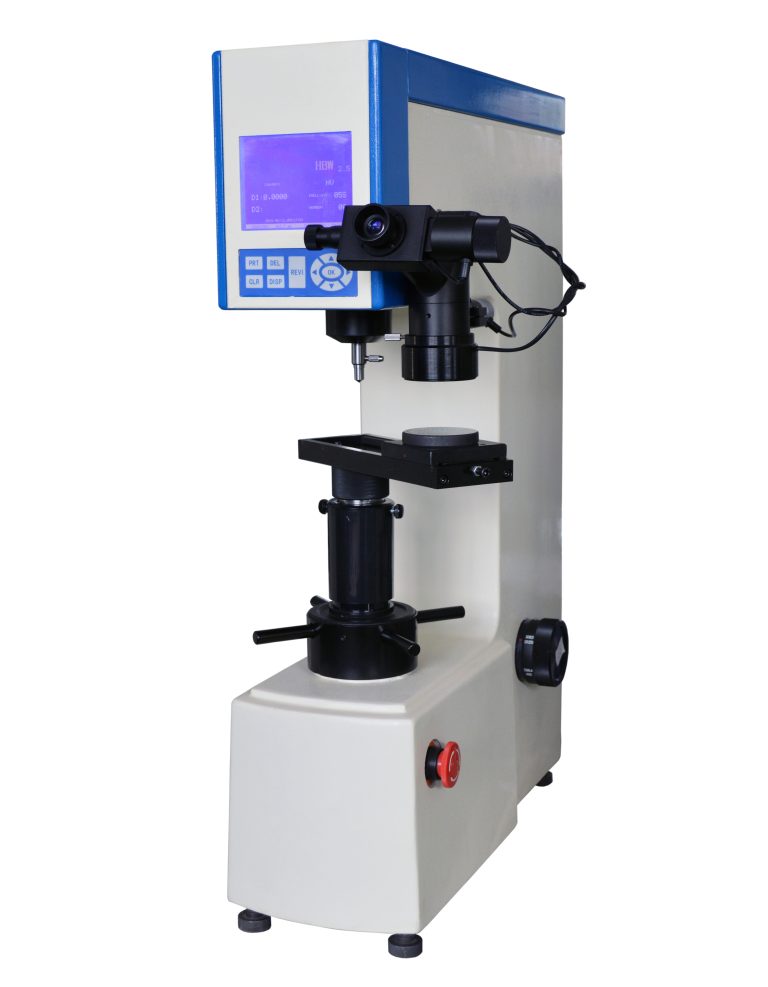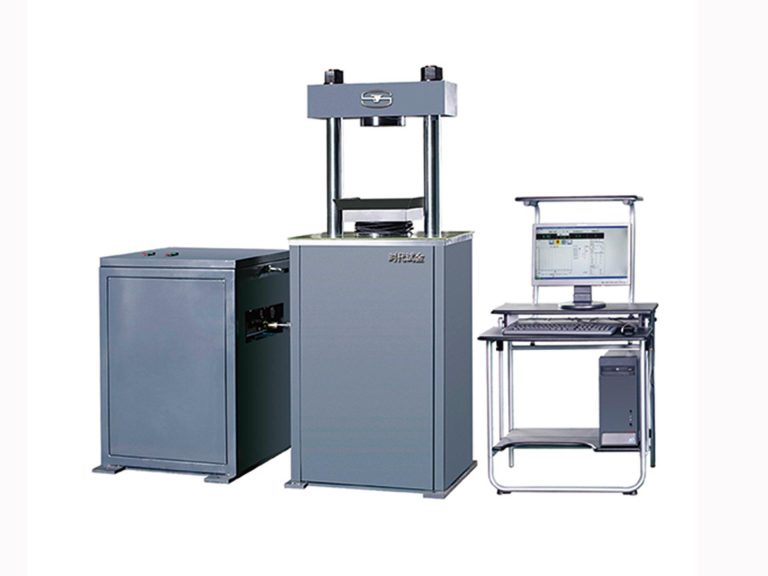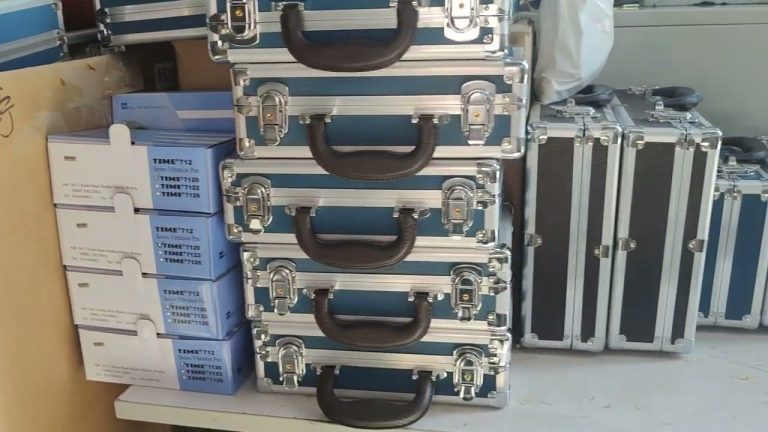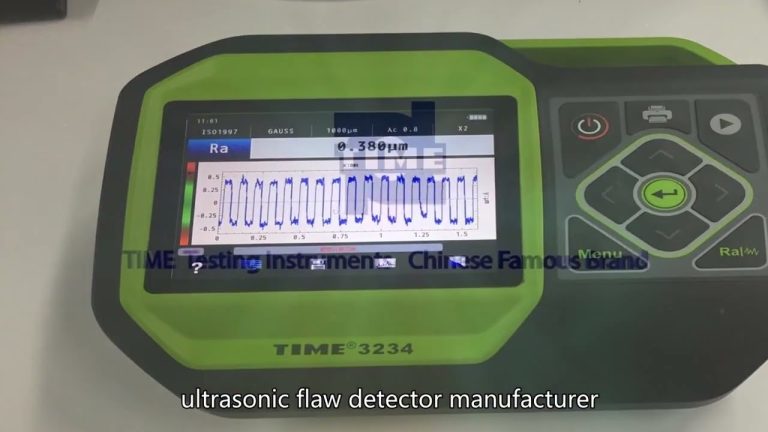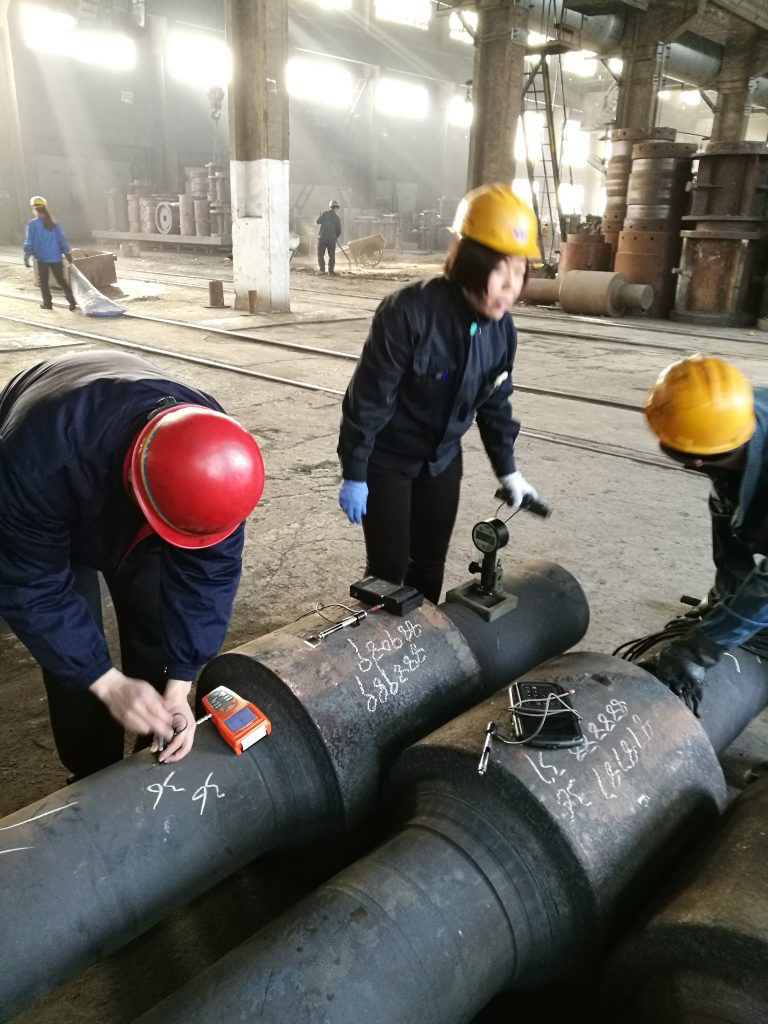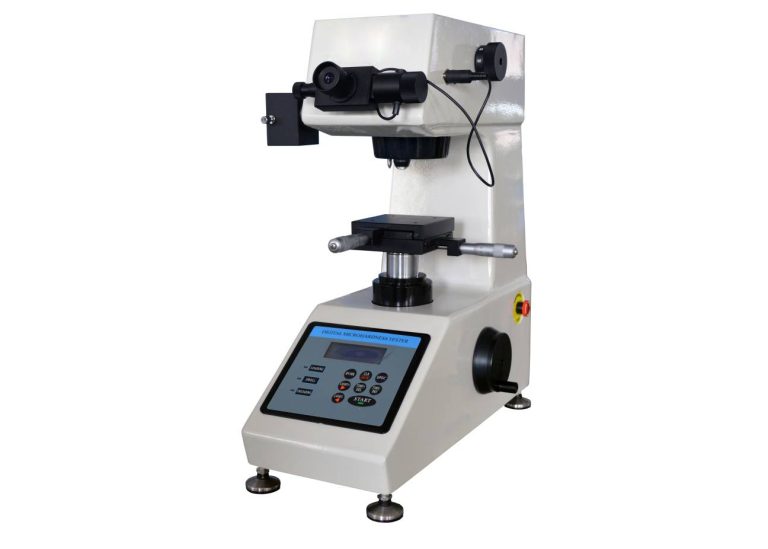BEIJING TIME VISION AI INSTRUMENT LTD.
https://timetech-ndt.com/
Email: timehardnesstester@gmail.com
WhatsApp: 008615201625204
——————————————–
Hardness test in water,urs of hardness tester,taylor hobson surface roughness tester,shore hardness tester for rubber,surface roughness measuring equipment,brinell hardness tester parts,Stationary hardness tester best company China. Hardness tester factory, hardness tester supplier, surface roughness tester manufacturer. Pocket Surface Roughness Tester TIME3100 (TR100) https://timetech-ndt.com/product/pocket-surface-roughness-tester-time3100-tr100/
With the development of industry, metallographic microscopes have been widely used in the electronics, chemical industry and instrumentation industries to observe the surface phenomena of opaque substances for research and analysis; chips, printed circuit boards, liquid crystal panels, wires, fibers, plating Coatings and other non-metallic materials, etc., and conduct research and analysis on some surface conditions. Surface Roughness Tester Profilometer TIME3231 https://timetech-ndt.com/product/surface-roughness-tester-profilometer-time3231/
By observing the distribution of metallographic components of metal structures with a metallographic microscope, certain properties of the product, such as mechanical properties and defects in product production, can be obtained, thereby providing suggestions for production and improving certain processes.
Working principle
The magnification system is key to the usefulness and quality of a microscope. Mainly composed of objective lens and eyepiece.
The magnification of a microscope is:
M display = L/f object × 250/f mesh = M object × M mesh In the formula, [m1] M display——indicates the magnification of the microscope; [m2] M object, [m3] M mesh and [f2] f object, [f1] f mesh represents the magnification and focal length of the objective lens and eyepiece respectively; L is the length of the optical tube; 250 is the photopic distance. All length units are mm. Portable Leeb Hardness Tester TIME5300 (TH110) https://timetech-ndt.com/product/portable-leeb-hardness-tester-time5300-th110
Resolution and Aberration The resolution of the lens and the degree of correction of aberration defects are important indicators of the quality of the microscope. In metallographic technology, resolution refers to the minimum resolution distance of the objective lens to the target object. Due to the diffraction phenomenon of light, the minimum resolution distance of the objective lens is limited. The German Abb proposed the following formula for the minimum resolution distance ( )
d=λ/2nsinφ where [kg2][kg2] is the wavelength of the light source; n is the refractive index of the medium between the sample and the objective lens (air; =1; turpentine: =1.5); φ is half the aperture angle of the objective lens.
It can be seen from the above formula that the resolution increases as the sum increases. Because the wavelength of visible light [kg2][kg2] is between 4000 and 7000. In the most favorable case where the [kg2][kg2] angle is close to 90, the resolution distance will not be higher than [kg2]0.2m[kg2]. Therefore, the microstructure smaller than [kg2]0.2m[kg2] must be observed with the help of an electron microscope (see), while the morphology, distribution, and crystal structure of the tissue with a scale between [kg2]0.2~500m[kg2] Changes in particle size, as well as the thickness and spacing of slip zones, can be observed with an optical microscope. This plays an important role in analyzing alloy properties, understanding metallurgical processes, conducting quality control of metallurgical products, and analyzing component failure.
The degree of aberration correction is also an important factor affecting imaging quality. At low magnification, the aberration is mainly corrected through the objective lens; at high magnification, the eyepiece and objective lens need to be corrected together. There are seven main types of lens aberrations, five of which are spherical aberration, coma aberration, astigmatism, field curvature and distortion for monochromatic light. There are two types of polychromatic light: longitudinal chromatic aberration and transverse chromatic aberration. Early microscopes focused primarily on the correction of chromatic aberration and partial spherical aberration, with achromatic and apochromatic objectives depending on the degree of correction. In recent metallographic microscopes, sufficient attention has been paid to aberrations such as object field curvature and distortion. After the objective lens and eyepiece are corrected for these aberrations, not only the image is clear, but also its flatness can be maintained over a large range, which is particularly important for metallographic microphotography. Therefore, plan achromatic objectives, plan apochromatic objectives, and wide-field eyepieces are now widely used.

